NFTs — non-fungible tokens — have reshaped the way we buy, sell, and experience digital content. They’re not just hype; they’re a new form of ownership for the digital age, backed by blockchain technology. Whether you’re an artist selling tokenized art, a gamer collecting rare items, or an investor exploring digital assets, NFT apps are your gateway to this fast-growing world. If you’re thinking about shipping an NFT product, modern blockchain mobile app development practices help you launch faster while keeping security and UX in focus.
But how do NFT apps actually work? What features matter most? And which platforms stand out in 2025? This guide focuses on NFT apps and utilities, not full marketplace platforms. If you’re looking for a deep dive into NFT marketplace development, architecture, and launch strategies, check our dedicated NFT marketplace guide. So let’s dive in.
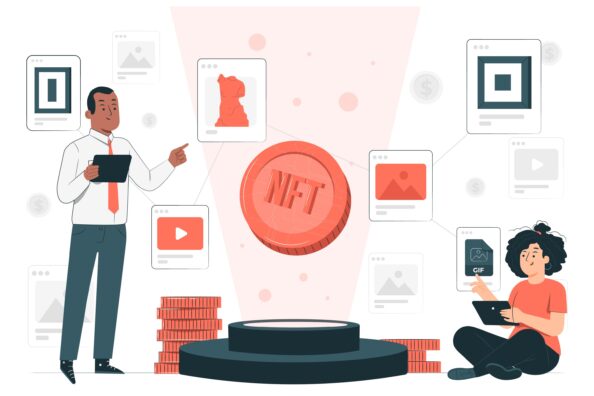
NFT stands for non-fungible token — a unique token on a blockchain that represents ownership of a specific digital item. Unlike cryptocurrencies like Bitcoin or Ethereum, which are interchangeable (fungible), NFTs are one-of-a-kind.
Example: A €100 bill can be split into smaller notes and replaced with another €100 bill without changing its value. But a digital artwork tokenized as an NFT cannot be duplicated or exchanged on a one-for-one basis — it has its own identity, provenance, and value.
Popular use cases for NFTs include:
NFTs live on blockchain networks, which store:
NFT apps connect to these blockchains via digital wallets. They allow users to:
Think of NFTs as digital certificates of ownership — and NFT apps as the toolkits that let you issue, transfer, or showcase them. For teams building wallets, expert mobile wallet application development ensures seamless key management, secure signing, and smooth marketplace integrations.
The best NFT apps combine ease of use with powerful functionality. Core features include:
Some advanced apps offer extras like cross-chain compatibility or gas-less minting to save transaction fees.
If you are currently exploring solutions for an NFT marketplace or a crypto wallet, take a look at ND Labs’ ready-made products. Our Marketplace Development Platform and White Label Crypto Wallet can significantly reduce your time to market, helping you launch faster without compromising quality.
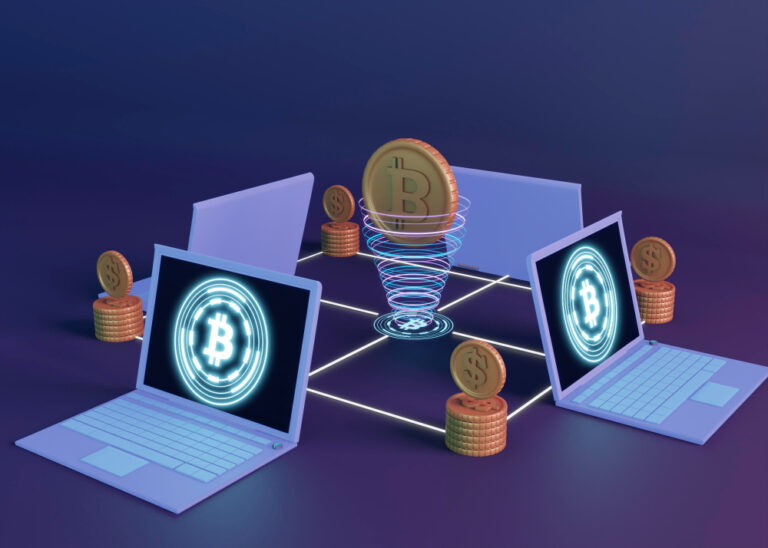
NFT apps open up exciting opportunities for creators, collectors, and investors, but they also come with certain drawbacks that users and businesses should consider.
Pros:
Cons:
| Pros | Cons |
|---|---|
| Up-to-date blockchain technology | Poor design in some apps can harm user experience |
| High security for transactions and storage | Compatibility issues across devices or blockchains |
| Frequent feature updates | Limited customer support for certain platforms |
| Opportunities for creators to monetize directly | Risk of scams if downloading from unverified sources |
Security Tip: Always choose apps from trusted providers and review their privacy policies before connecting your wallet.
The NFT app ecosystem is actively evolving — not just in theory but through real-world technological adoption and market growth. Here’s where the industry is headed:
AR and VR are becoming foundational for NFT experiences. IDC projects global shipments of AR/VR headsets to surge by roughly 41% in 2025, driven by AI integration and lower costs. Brands like Gucci, Versace, and Chanel are already creating virtual activations using VR and AR to engage users — signaling how immersive experiences are gaining traction. This paves the way for NFT apps that allow users to explore virtual galleries, try on digital collectibles, or attend live virtual events.
Sustainability is becoming a core concern. NFT platforms are increasingly shifting to energy-efficient consensus mechanisms, such as Proof-of-Stake (PoS) and off-chain transactions. Ethereum’s transition away from Proof-of-Work reduced its energy usage by 99.99%, setting a benchmark for greener NFT operations.
Artificial intelligence is now used to personalize NFT discovery and enhance user engagement. AI-driven tools help create tailored campaigns, predict emerging trends, and deliver more relevant NFT suggestions to individual users — a practice already being adopted in NFT marketing strategies.
The play-to-earn model continues to evolve. In 2025, we’re seeing a shift toward “play-and-earn” or hybrid models, blending enjoyable gameplay with sustainable monetization. These models aim to balance financial incentives with long-term engagement and community health.
Interoperability is essential as ecosystem fragmentation grows. Research on multichain architectures shows how future NFT marketplaces will enable seamless trading across multiple blockchains using secure bridges and layered designs. This is vital for improved scalability, reduced fees, and wider access.
NFTs are increasingly representing physical assets or hybrid digital-physical collectibles. Trends include real-world asset tokenization like art and real estate, and “phygital” products that blend tangible goods with digital ownership through NFT-backed experiences.
To lower entry barriers and increase liquidity, fractionalization of NFTs is gaining attention. This technique allows multiple users to co-own a single NFT, democratizing access to high-value digital assets. Emerging standards aim to ensure this is done securely and interoperably.
Finally, the NFT market is moving toward maturity, fueled by clearer regulations and shifting investor perspectives. NFTs are shedding their speculative image and becoming recognized as tools for real-world applications, asset liquidity, and revenue generation.
What This Means for Developers and Brands:
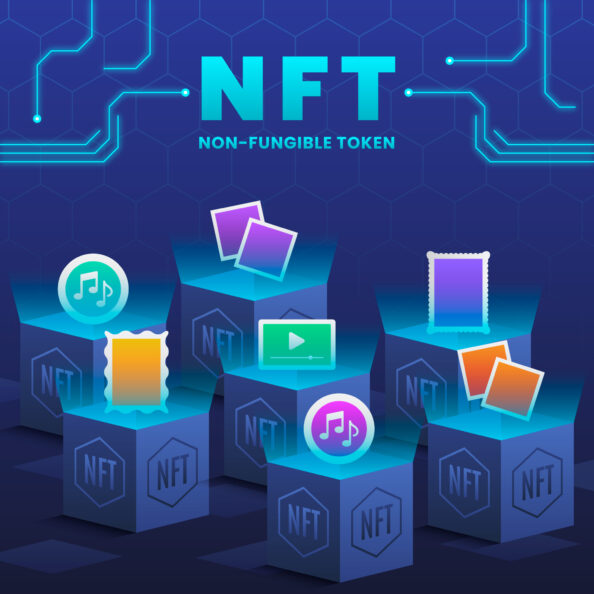
Overview: The largest NFT marketplace worldwide, with multi-chain support (Ethereum, Polygon, Solana via OS2).
Fees: 2.5% seller fee; no buyer fee. Additional blockchain gas fees apply.
Mobile UX: Has a mobile app for iOS and Android with basic browsing and wallet connection. You can view and manage NFTs but cannot mint directly from the app. Smooth navigation, but some features remain desktop-only.
Best for: Broad variety, liquidity, and frequent updates (OS2 with cross-chain trading, better search, and rewards).
Overview: Community-driven, decentralized NFT marketplace with governance via RARI token.
Fees: 1% fee for both buyer and seller; competitive compared to OpenSea. Gas fees depend on blockchain used (Ethereum, Polygon, Tezos, etc.).
Mobile UX: Mobile web version is clean and responsive; no standalone mobile app yet. Some minting and management actions are easier on desktop.
Best for: Creators wanting higher royalties (up to 50%) and governance rights.
Overview: Curated, invite-only platform for high-end NFT art.
Fees: 5% seller fee plus gas; creators can set their own royalties.
Mobile UX: Optimized mobile web, no dedicated app. Viewing is smooth, but minting and auctions are better handled on desktop.
Best for: Digital artists and serious collectors looking for exclusivity.
Overview: Beginner-friendly NFT creation and trading platform.
Fees: 2.5% for regular NFTs, 5% for gasless minting, 10% for printable series.
Mobile UX: Primarily web-based; mobile site is functional but not as polished as competitors. No dedicated app, which can limit on-the-go minting.
Best for: New creators wanting quick, code-free minting.
Overview: Integrated into Binance exchange ecosystem.
Fees: 1% trading fee—lower than most major marketplaces. Gas fees vary depending on blockchain used (BNB Chain, Ethereum, Polygon).
Mobile UX: Fully integrated into Binance’s mobile app (iOS & Android). Feature-rich, including buying, selling, and participating in drops directly from mobile.
Best for: Existing Binance users and traders prioritizing low fees and security.
Overview: Exclusive marketplace for high-quality, single-edition NFT art.
Fees: 15% gallery fee for primary sales; 3% buyer fee; creator royalties set per artist.
Mobile UX: Mobile site is polished; no dedicated app. Buying and viewing are seamless, but minting requires desktop.
Best for: High-end art collectors and artists seeking prestige.
Overview: Curated platform with a focus on high-profile NFT drops and mainstream accessibility.
Fees: 5% fee + $0.30 on every sale; gas covered by the platform for purchases in USD.
Mobile UX: Strong mobile web experience and a mobile app for browsing drops, purchasing, and wallet management.
Best for: Users preferring credit card purchases and exclusive artist drops.
Overview: Originally Solana-based, now supports Ethereum, Bitcoin Ordinals, and more.
Fees: 2% fee for sellers; no buyer fee.
Mobile UX: Mobile site is fast and functional; no native app yet. Focused on speed and minimalism for quick trading.
Best for: Low-cost trading on Solana and other supported chains.
Overview: Official NBA/WNBA highlight moments as NFTs.
Fees: 5% seller fee; purchases include payment processor fees if using fiat.
Mobile UX: Dedicated app (iOS/Android) with smooth browsing, buying, and trading; very accessible to non-crypto natives.
Best for: Basketball fans and sports collectors.
Overview: Mobile-first app specializing in licensed collectibles from Marvel, DC, Disney, and more.
Fees: 6% seller fee + 2.5% market fee; plus platform’s own in-app currency exchange costs.
Mobile UX: One of the most polished mobile NFT apps—AR features, showrooms, and easy purchasing via in-app currency.
Best for: Licensed digital collectibles with immersive AR/VR experiences.
| Platform | Seller Fee | Buyer Fee | Mobile App Availability | Mobile UX Quality |
|---|---|---|---|---|
| OpenSea | 2.5% | 0% | Yes (basic features) | Good, limited minting |
| Rarible | 1% | 1% | No | Good web, no app |
| Foundation | 5% | 0% | No | Good web, limited features |
| Mintable | 2.5–10% | 0% | No | Average |
| Binance NFT | 1% | 0% | Yes (full features) | Excellent |
| SuperRare | 15% | 3% | No | Good web |
| Nifty Gateway | 5% + $0.30 | 0% | Yes | Excellent |
| Magic Eden | 2% | 0% | No | Very good web |
| NBA Top Shot | 5% | 0% | Yes | Excellent |
| VeVe | 6% + 2.5% | 0% | Yes | Excellent, AR/VR |
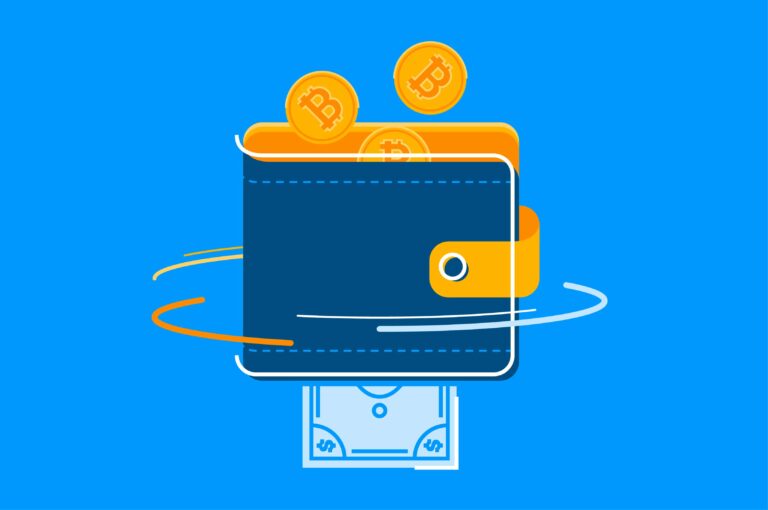
When evaluating NFT apps, consider:
For businesses, ND Labs offers white label wallet solutions with built-in NFT functionality, ensuring both security and customization.
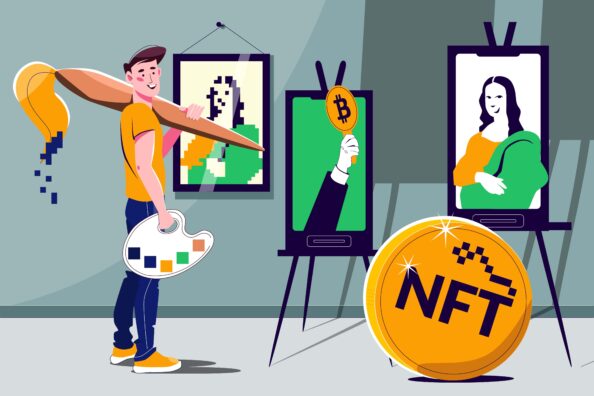
Music: Kings of Leon became the first band to release an album as an NFT in 2021. Using a dedicated NFT platform, they sold over $2 million worth of limited-edition tokens in just a few days. Each NFT offered perks like exclusive vinyl, artwork, and lifetime front-row concert seats. The NFT app enabled direct-to-fan sales, reducing intermediaries and increasing artist revenue.
Gaming: Axie Infinity, one of the most popular play-to-earn games, integrated NFT-based characters (Axies) that players could breed, trade, and battle. At its peak, the platform recorded 2.7 million daily active users and over $4 billion in total NFT sales. The in-app marketplace made trading seamless, encouraging player retention and secondary market activity.
Fashion & Luxury: Gucci Vault launched an NFT collection featuring digital wearables for use in virtual worlds like Roblox and The Sandbox. NFTs were sold via a branded marketplace within a mobile app, generating buzz among Gen Z buyers and securing international media coverage. The NFT format allowed Gucci to merge physical exclusivity with digital collectibles.
Sports: NBA Top Shot transformed basketball highlights into officially licensed NFTs. Within its first year, it generated over $700 million in sales. The mobile app made collecting and trading highlights as easy as buying sneakers online, attracting both hardcore fans and casual users.
Entertainment: AMC Theatres offered NFT tickets for the premiere of Spider-Man: No Way Home. The drop included 86,000 NFTs, distributed to advance ticket buyers, driving record-breaking presales and boosting loyalty program sign-ups.
Real Estate: In Miami, a luxury apartment was sold as an NFT through a blockchain marketplace, with ownership recorded via smart contract. The transaction was completed in minutes instead of weeks, demonstrating NFT apps’ potential to simplify high-value asset transfers.
| Industry | Project | Platform/App | Key Result |
|---|---|---|---|
| Music | Kings of Leon | NFT music platform | $2M+ sales in first days; exclusive perks for fans |
| Gaming | Axie Infinity | In-app NFT marketplace | 2.7M daily active users; $4B+ total NFT sales |
| Fashion/Luxury | Gucci Vault | Branded NFT app | Gen Z engagement; global media coverage |
| Sports | NBA Top Shot | Mobile NFT marketplace | $700M+ in first year; massive fan adoption |
| Entertainment | AMC Theatres – Spider-Man NFT tickets | Proprietary ticketing app | 86,000 NFTs distributed; record presales |
| Real Estate | Miami property sale | Blockchain marketplace | Instant NFT-based property transfer |
The NFT market has matured since its initial hype cycle. While speculative trading volumes have cooled, NFTs continue to evolve into practical tools for gaming, ticketing, digital art, real estate, and brand engagement.
Building an NFT app in 2025 can be worth it if you target a clear niche and provide value beyond basic buying and selling. Successful NFT apps now focus on:
However, the market is competitive, and user expectations are high. Poor design, limited blockchain support, or lack of unique features can make adoption difficult.
If you have a compelling concept, the right tech stack, and a well-researched audience, launching an NFT app in 2025 can still be a profitable and strategic move. Partnering with an experienced blockchain development team — like ND Labs — can significantly reduce time to market and ensure your app is secure, scalable, and competitive.